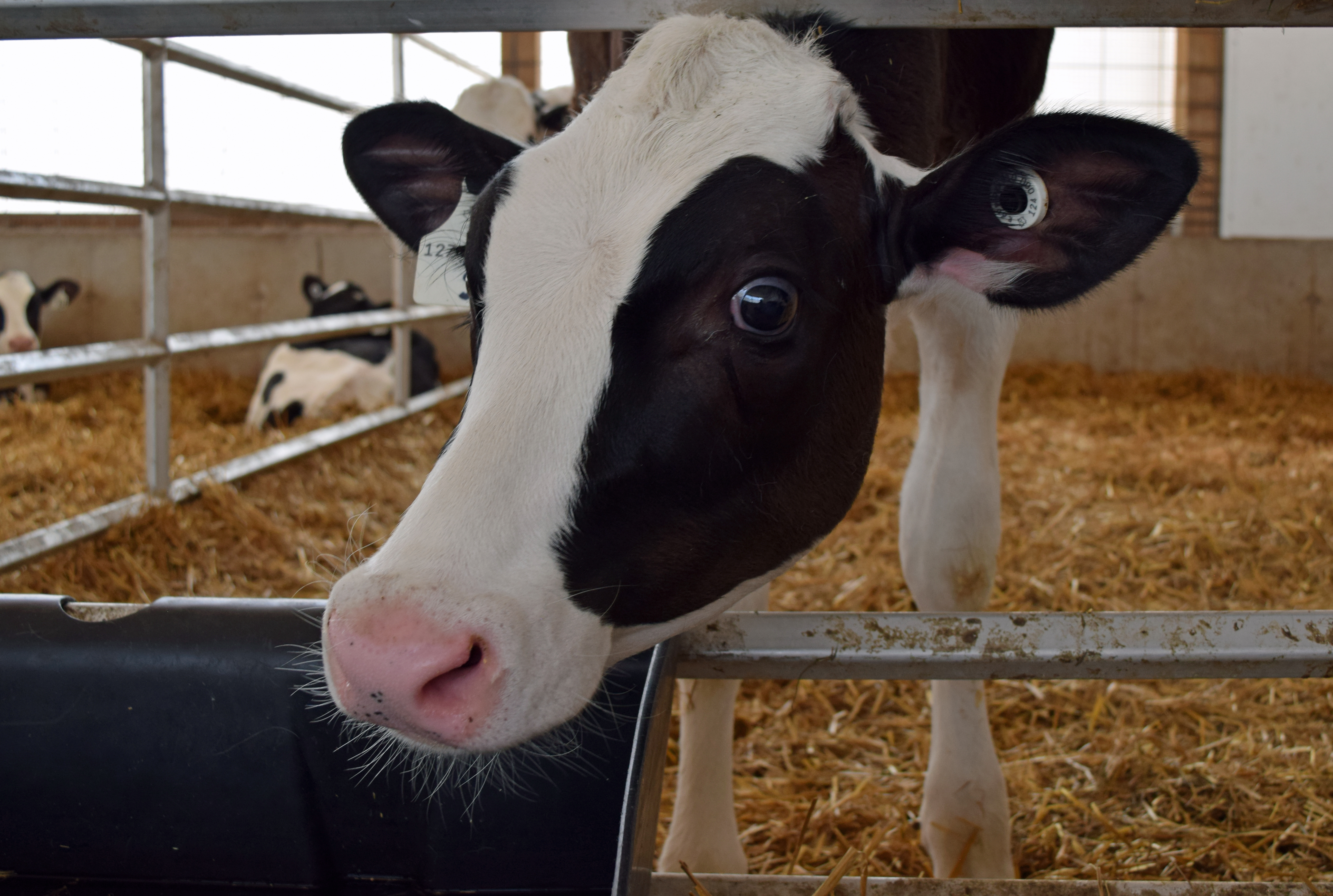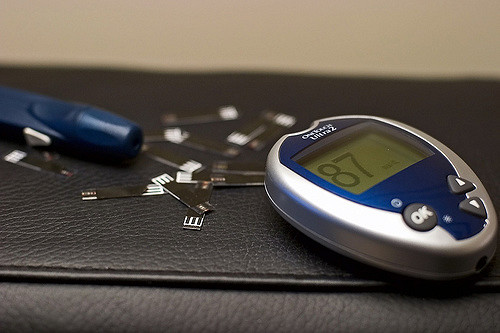Healthy Calf Conference
Follow to stay up-to-date on all Healthy Calf Conference updates. Speaker announcements, sponsorship information, registration announcements, and more.
Weaning can be stressful for everyone in the calf barn. The key to a smooth transition at weaning lies with rumen development. As the calf begins to eat solid feed, the rumen starts to become populated with microbes. This allows for fermentation of the solid feed, which promotes the development of the rumen wall. The more solid feed a calf eats, the more the rumen will develop to supply the calf with the necessary nutrients for growth and development. So, getting calves to eat more grain before weaning is key to a smooth transition and reducing a post-weaning growth lag. For this reason, the amount of grain a calf is eating is a great indicator of whether a calf is ready to be weaned.

When calves are single-housed, it is fairly easy to gauge which calves are eating enough grain and ready for weaning. However, now that group-housed calves are more common, knowing if an individual calf is eating enough grain can be a challenge.
Research completed under the guidance of Dr. Trevor DeVries (a speaker at this year’s Healthy Calf Conference, click here to register) looked for indicators of how much grain calves are eating.
Their study looked at β-hydroxybutyrate (BHB), a volatile fatty acid (VFA) produced by a healthy, well-functioning rumen. VFA is the main energy source for ruminants, so if a calf has high levels of BHB, they are getting energy from their solid feed by using their rumen. This is good news for successful weaning!
The study aimed to answer two questions: How do we know if a calf has high levels of BHB? What level is high enough to start weaning?
Electronic handheld blood glucose and ketone measuring systems are used in humans for diabetes monitoring. These testing devices have been used in dairy cows for detecting subclinical ketosis (by measuring BHB) and found results to be very similar to the gold standard of laboratory testing for ketosis. This lead researchers to wonder if these devices could be used for dairy calves at weaning.
Researchers found when compared to the ‘gold standard’ laboratory test, the electronic handheld blood glucose meter correlated very closely. This means that the electronic testing device was an easy, quick, and practical on-farm test.

Blood glucose meters range in price from $60-90, and test strips are less than a dollar each. While you still need to collect blood from calves, results are instant. Laboratory testing requires blood collection, separating serum (your vet has the tools for this), and delivery to a lab. Results are available one day after the lab receives the sample, at a cost of $16. The on-farm testing is five to seven times less expensive than laboratory testing. When weaning, one to two days can make a big difference, so instant results are extremely valuable.
This study found a level of 100 μmol/L of blood BHB two hours after solid feed delivery on the day of sampling indicated that calves were consuming at least one kilogram of grain per day, meaning these calves were ready for weaning.
The most practical application of this test, with the current level of knowledge, is as a method for a herd advisor, such as a veterinarian, to sample some calves in order to assess the current weaning program. More work to find appropriate cut-points for BHB levels is needed before this test can become a standard part of your weaning process. Talk to your herd veterinarian to assess whether BHB spot-testing is right for your herd.
Reference:
Follow to stay up-to-date on all Healthy Calf Conference updates. Speaker announcements, sponsorship information, registration announcements, and more.
The Codes of Practice are nationally developed guidelines for the care and handling of farm animals. They serve as our national understanding of animal care requirements and recommended practices.